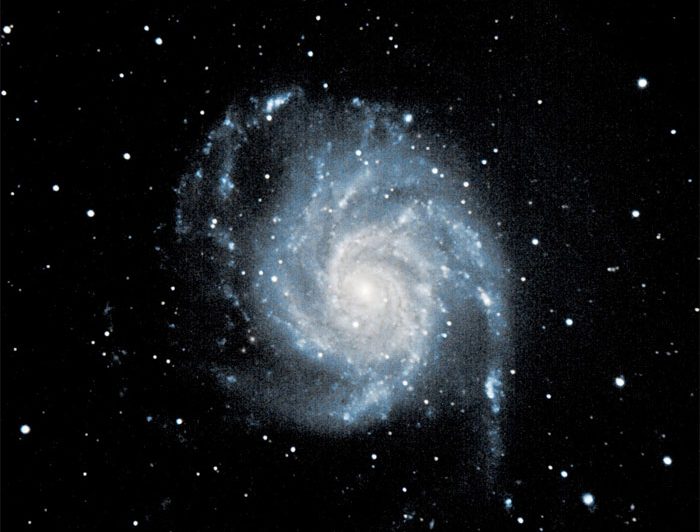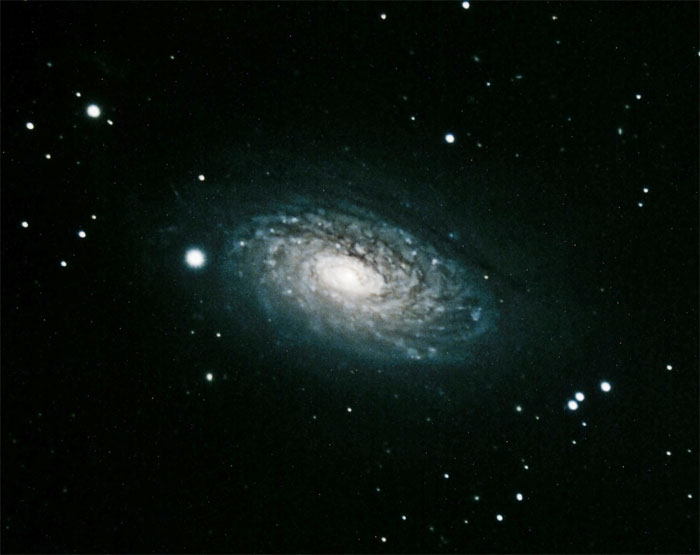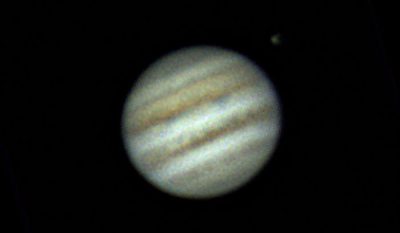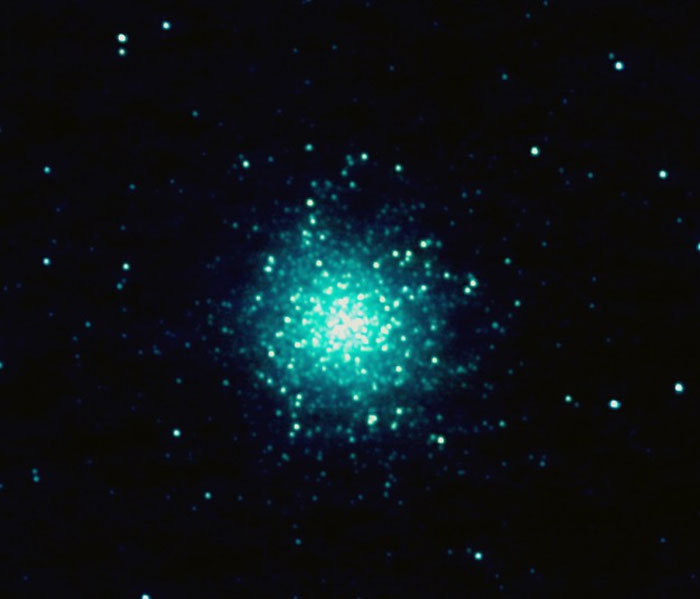
Reprinted from the Island Free Press

M51, or the Whirlpool Galaxy, is a classic spiral that interacts with another, smaller galaxy. The larger galaxy is M51A and the smaller is M51B. They are about 23 million light-years away and have a visual magnitude of 8.4. M51A contains more than 100 billion stars.
Supporter Spotlight
Messier 101, the Pinwheel Galaxy, is about 21 million light-years away and has a visual magnitude of 7.7. It is estimated that M101 has a trillion stars.
Messier 63, the Sunflower Galaxy is 27 million light-years away. It has a visual magnitude of 9.3. M63 has more than 400 billion stars.

What to Look for in April
If you are an early riser, you will be able to see Venus with an apparent magnitude of -4 in the morning, near the eastern horizon, throughout April.
At the beginning of April, Venus rose just before sunrise, but by the end of the month, it will be coming up at 4:21 a.m. Venus will be at its brightest point of the year on April 30.
Mercury and Mars were visible on April 1 near the western horizon, just after sundown. Mercury will fade into the sunset by April 9 but re-emerge as a morning star on April 29.
Supporter Spotlight

On April 7, Jupiter will be at opposition with the Earth and sun. That means you can draw a line through the three, with Earth in the middle. It also means Jupiter is the closest it gets to us this year. So, that makes Friday a great opportunity for viewing and taking pictures. Jupiter is the very bright object that will be visible just above the eastern horizon at dusk. Best viewing will be around midnight.
The two very bright stars in the eastern evening skies this month are Arcturus, which is the fourth-brightest star in the night sky, and Vega, which is the fifth-brightest star.
Arcturus will rise in the east just after sundown. It is the closest red giant star to Earth, at a distance of about 37 light-years, and is estimated to be 7 billion years old.
Vega will rise about three hours later. It has a visual magnitude of +0.2 and is 25 light-years away. Vega is a blue-white star that’s about twice the size of the sun. It is believed to be about 400 million years old.
If you have a telescope or good pair of binoculars, you can use these two stars to help find the globular cluster M13, the Hercules Cluster. Mentally draw a line between the two and then look about a third of the distance from Vega to Arcturus. With a little patience, you should be able to find the cluster.
M13, the Hercules Cluster, is about 22 thousand light years away. It has a visual magnitude of 5.8. M13 contains about 300,000 stars.

The Lyrid Meteor Shower will take place between April 16 and 25. It should peak on the night of April 22. The meteors will seem to originate from the star Vega.
Vega is the very bright star that rises in the northeast at about 9 p.m. You can expect about 18 meteors per hour throughout the night.
Moon phases:
- First Quarter: April 3
- Full moon: April 11
- Last Quarter: April 19
- New moon: April 26
This story is provided courtesy of the Island Free Press, a digital newspaper covering Hatteras and Ocracoke islands. Coastal Review Online is partnering with the Free Press to provide readers with more environmental and lifestyle stories of interest along our coast. You can read other stories about Hatteras and Ocracoke here.







